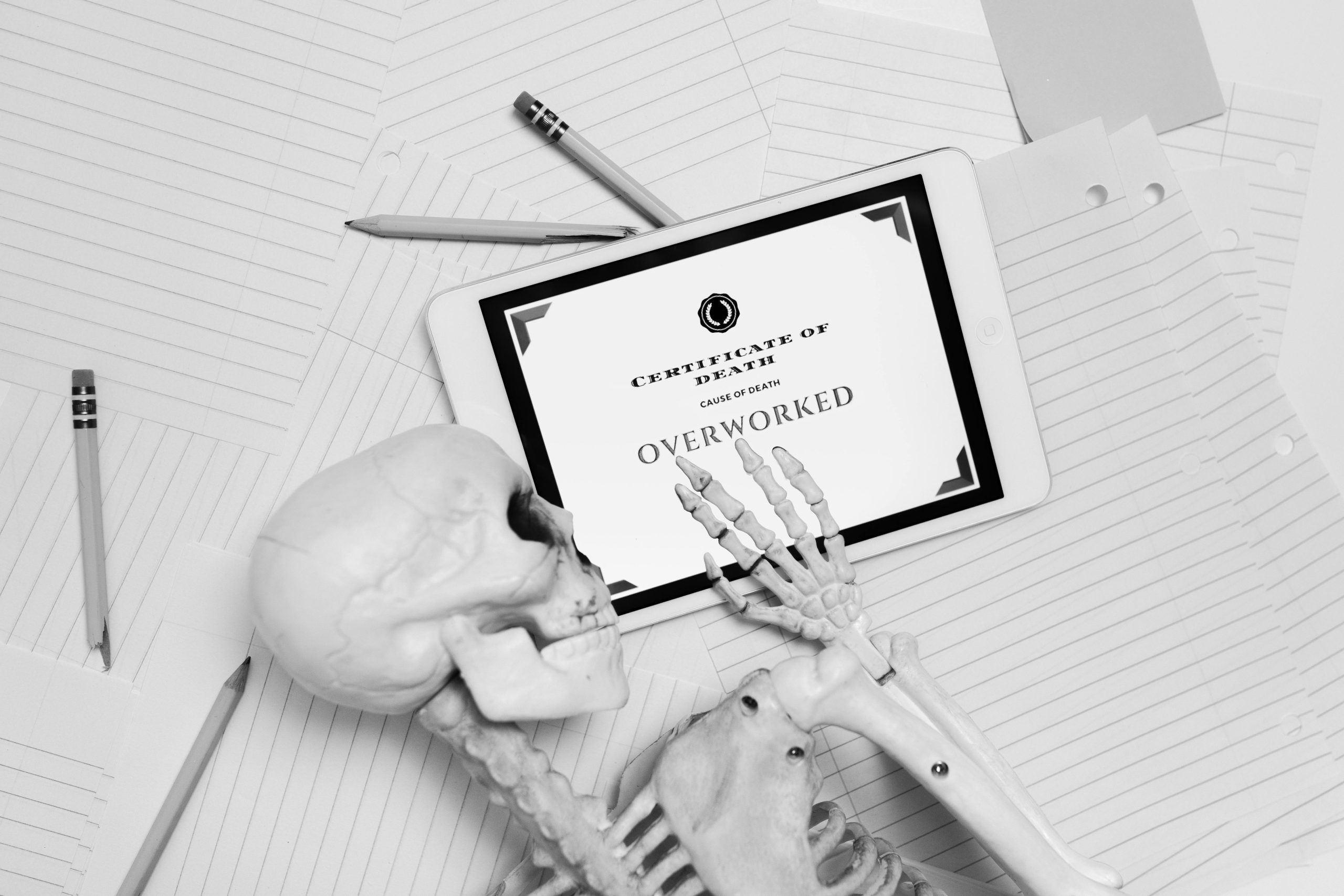In today’s fast-paced digital world, staying focused and managing stress can feel like an uphill battle. Between endless emails, back-to-back meetings, and constant notifications, it’s easy to feel overwhelmed. But mindfulness—a simple yet powerful practice—can help busy digital workers reclaim their focus, reduce stress, and improve overall well-being. Here are practical mindfulness tips tailored for those glued to screens and tight deadlines.
1. Start Your Day with a Mindful Morning Routine
How you begin your day sets the tone for the hours ahead. Instead of reaching for your phone the moment you wake up, try these mindful practices:
- Take a few deep breaths: Before jumping into tasks, spend 30 seconds breathing deeply. Inhale for four counts, hold for four, and exhale for four.
- Hydrate mindfully: Drink a glass of water slowly, paying attention to the sensation and temperature.
- Set an intention: Ask yourself, “What do I want to focus on today?” This small act can ground you before the digital chaos begins.
By starting your day mindfully, you create a buffer against stress and improve mental clarity.
2. Practice Single-Tasking Instead of Multitasking
Multitasking might seem efficient, but it often leads to burnout and reduced productivity. Mindfulness encourages single-tasking—focusing on one thing at a time. Here’s how to implement it:
- Close unnecessary tabs: Limit distractions by keeping only essential windows open.
- Use the Pomodoro Technique: Work for 25 minutes, then take a 5-minute mindful break. Repeat.
- Check email in batches: Instead of reacting to every notification, schedule specific times to handle emails.
Single-tasking helps you work more efficiently while reducing mental fatigue.
3. Take Regular Mindful Breaks
Sitting for long hours can strain both your body and mind. Incorporate short, mindful breaks to reset:
- Stretch or walk: Stand up, stretch, or take a short walk while paying attention to your surroundings.
- Practice the 5-4-3-2-1 technique: Name five things you see, four you feel, three you hear, two you smell, and one you taste. This grounds you in the present.
- Do a mini-meditation: Close your eyes and focus on your breath for one minute.
These breaks prevent burnout and keep your mind sharp throughout the day.
4. Set Digital Boundaries to Reduce Overstimulation
Constant screen time can lead to digital fatigue. Establish mindful boundaries with technology:
- Turn off non-essential notifications: Silence apps that don’t require immediate attention.
- Schedule “no-screen” time: Designate periods—like meals or before bed—to disconnect.
- Use grayscale mode: Switching your phone to black-and-white reduces visual stimulation, making it less addictive.
By controlling your digital environment, you create space for mindfulness and reduce stress.
5. End Your Day with a Mindful Wind-Down
Transitioning from work mode to relaxation is crucial for mental well-being. Try these evening practices:
- Reflect on three wins: Write down or mentally note three things that went well today.
- Do a digital detox: Avoid screens at least 30 minutes before bed to improve sleep quality.
- Practice gratitude: Spend a moment appreciating small joys, like a warm drink or a quiet evening.
A mindful wind-down helps you decompress and prepares you for a restful night.
Conclusion
Mindfulness doesn’t require hours of meditation—it’s about small, intentional moments that add up. For busy digital workers, these practices can transform stress into focus, chaos into clarity, and exhaustion into energy. Start with one or two tips, and gradually build a routine that works for you. By weaving mindfulness into your day, you’ll not only boost productivity but also cultivate a healthier, more balanced work life.


